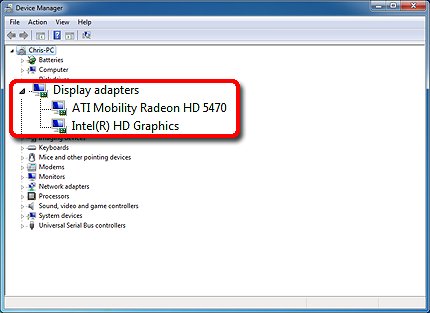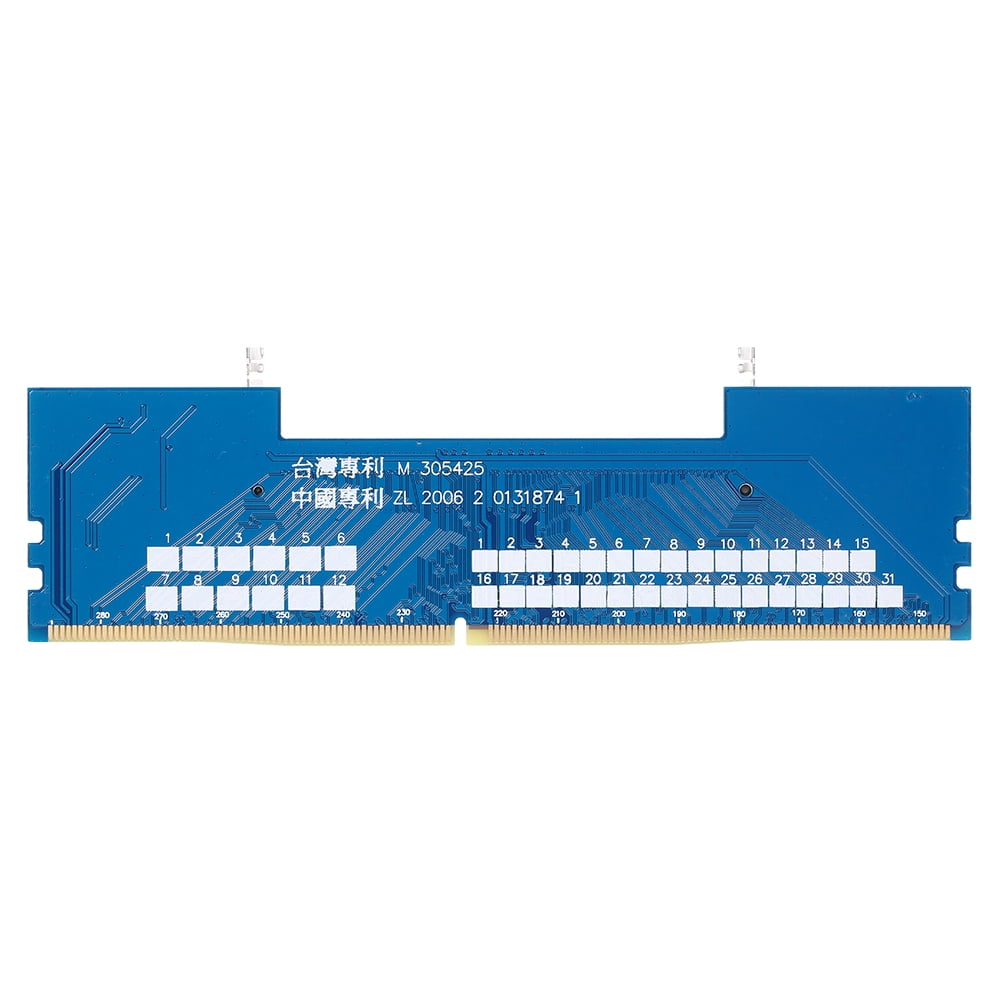


You'll get the good ol' NVIDIA control panel, as the image below shows. Right click the icon again, and select Open NVIDIA control panel (or something similar).If all updates are installed, reboot you system. You can find the GeForce Experience icon in the Windows tray at the right corner of the screen. I'm not sure if the programme will automatically install drivers for you as well, but nonetheless, you can update your drivers from within the programme. More drivers can be selected for the same cleaning process.īetter safe than sorry: get rid of any registry entries of drivers or manufacturer software, I personally use Ccleaner (the free version is sufficient).Analyse lists all the entries possible to remove, cleaning removes the.Use the official uninstaller(s) of the driver(s) you want to.Sweep all graphical drivers with Driver Sweeper.As I read it, you're looking into Windows 10's native screen resolution settings, not GeForce settings. Getting back at you, following the comment you posted. Here is the original image, if you want.ĭoes anyone have any suggestions as to why this is happening, or how I can troubleshoot it? Like I said, it was fine before the driver update. I added in semi-transparent red lines to show approximately where the monitor edge is, not sure if this is helpful but figured I should. I setup the resolution to be 1680 x 1050 yet, take notice that the format is almost 4:3 with black vertical bars on the left and right. However:Ĭustom resolution using the NVIDIA Control Panel: After using Driver Sweeper, I am now able to define custom resolutions when I wasn't able to before. Only NVIDIA official article about adding custom resolutions is from 2006. I see no option in the NVIDIA Control Panel to add a custom resolution. Took a look at this question which seems severely outdated.Putting the monitor on another Windows 10 machine of mine that has identical NVIDIA display drivers.Disconnecting a monitor / messing with combinations of the connections.

Was going to add the resolution to the registry, but saw it was already there.Had to disable Driver Signature Enforcement to install it too.Only one available is for Windows 8, but I had to try it.I have a GeForce 660, and have had no problems until now with my monitors. After updating my graphics driver to the latest version from NVIDIA (downloaded direct, not using Windows Update), my third monitor which is an Acer V226WL is not displaying the proper and native resolution.


 0 kommentar(er)
0 kommentar(er)
